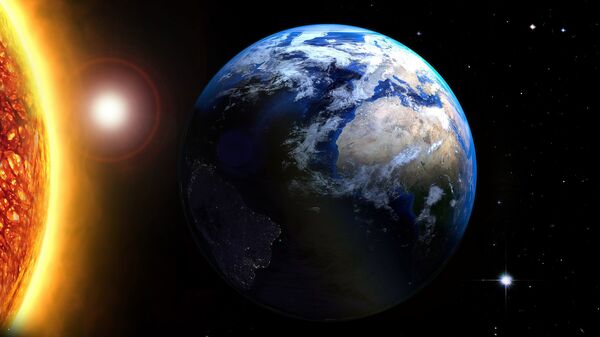The Sun emits powerful bursts of radiation around once every thousand years that may lead to blackouts, electrical failures and communication breakdowns worldwide, according to a new study published in the Astrophysical Journal.
There is a likelihood that we on Earth could experience a disastrous superflare within the next 100 years or so, experts warn, as they underscored the vital importance of developing increased protection for electronic systems.
In a study that observed “superflares” from 43 Sun-like stars, researchers discovered that while it was the younger stars that were more prolific in producing superflares, nonetheless, our Sun was not to be disregarded either.
“When our Sun was young, it was very active because it rotated very fast and probably generated more powerful flares,” said astronomer Yuta Notsu, a visiting researcher at the University of Colorado Boulder.
“But we didn’t know if such large flares occur on the modern Sun with very low frequency.”
Solar flares are dazzling flashes of light, often accompanied by the release of plasma, emanating from the star’s surface.
The study revealed that older stars like our Sun can still produce superflares as well.
“Young stars have superflares once every week or so,” Dr Notsu said. “For the Sun, it’s once every few thousand years on average.”
Summarising this research, the scientist explained that although superflares are rare for older stars like the Sun, “there is some possibility that we could experience such an event in the next 100 years or so”.
“If a superflare occurred 1,000 years ago, it was probably no big problem,” Dr. Notsu said.
According to him, people would have simply witnessed a particularly large aurora.
“Now, it’s a much bigger problem because of our electronics,” he added.
Dr. Notsu said that although there is no pinpointing exactly when the next superflare event might hit the Earth, humanity should take due warning and prepare by working on a protective shield for electronics on the ground and in orbit.



